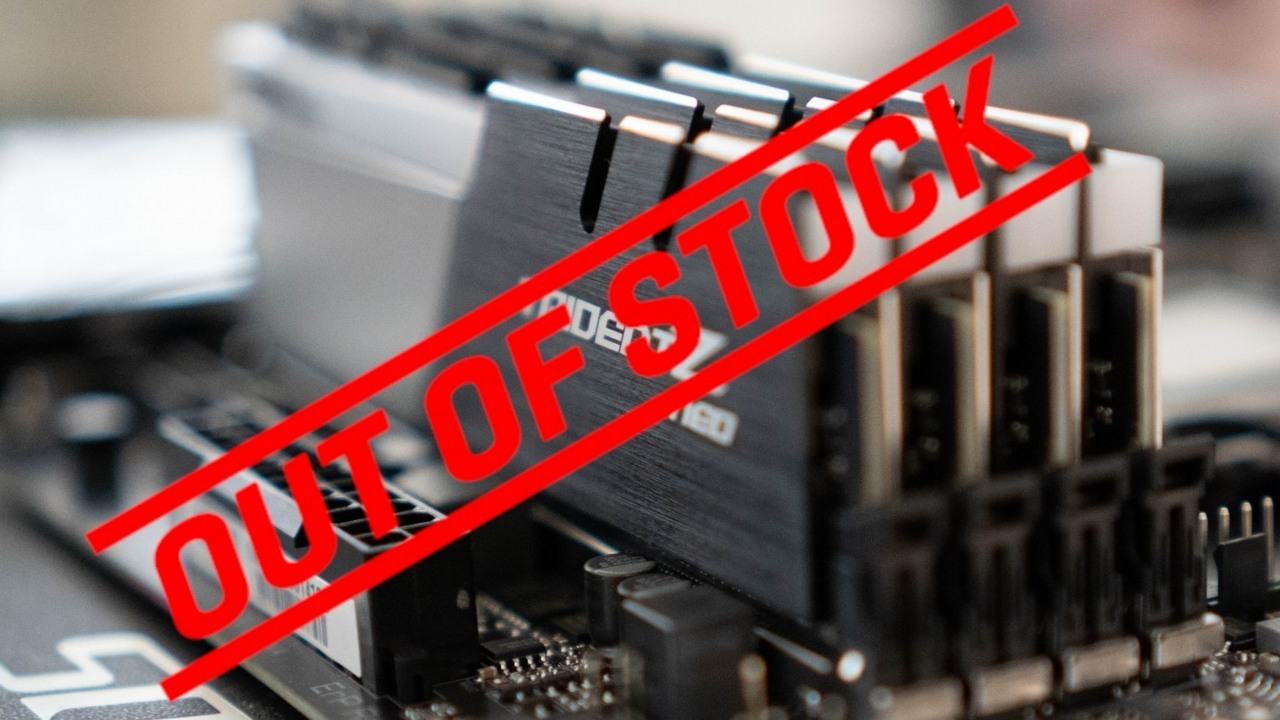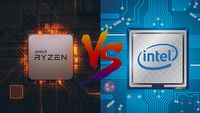Problems With DDR5 Memory Supply; Prices May Reach Absurd Levels
DDR5 memory modules are becoming yet another victim of the chip market crisis. Prices have skyrocketed, availability is almost zero and there is no sign of improvement.

Support for new DDR5 memory is one of the advertised features of the Intel Alder Lake platform. However, many users are unable to get the new memory modules.
Even before the release of Intel's 12th-gen chips, manufacturers predicted up to 60% increase in prices of new memory in relation to the DDR4 standard. However, the situation looks even worse than predicted - Poor availability translates into astronomical prices of memory kits.
The main reason is the shortage of PMICs (Power Management Integrated Circuits). Interestingly, the cost of a chip in the production of DDR5 memory is ten times higher than the price of a chip used in DDR4. The main difference of the DDR5 standard is the transfer of power management from the motherboard to the memory module itself. This requires a new, special chip that sthe memory to draw power directly from the power supply.
Unfortunately, no sings of improving availability when it comes to memory modules can be seen in the near future - the earliest lead times for chip orders are an astronomical 35 weeks. What's more, the prices of DDR5 modules are not likely to drop to the level of its predecessor. A temporary salvation for those who are tempted to buy the next-gen motherboard and processor can be the purchase of older DDR4 chips. Keep in mind that not every motherboard supports both DDR5 and DDR4.
0
Latest News
- End of remote work and 60 hours a week. Demo of Naughty Dog's new game was born amid a crunch atmosphere
- She's the new Lara Croft, but she still lives in fear. Trauma after Perfect Dark changed the actress' approach to the industry
- „A lot has become lost in translation.” Swen Vincke suggests that the scandal surrounding Divinity is a big misunderstanding
- Stuck in development limbo for years, ARK 2 is now planned for 2028
- Few people know about it, but it's an RPG mixing Dark Souls and NieR that has received excellent reviews on Steam, and its first DLC will be released soon

